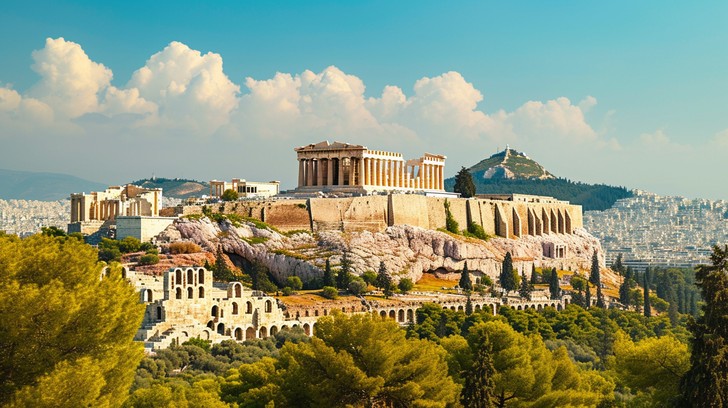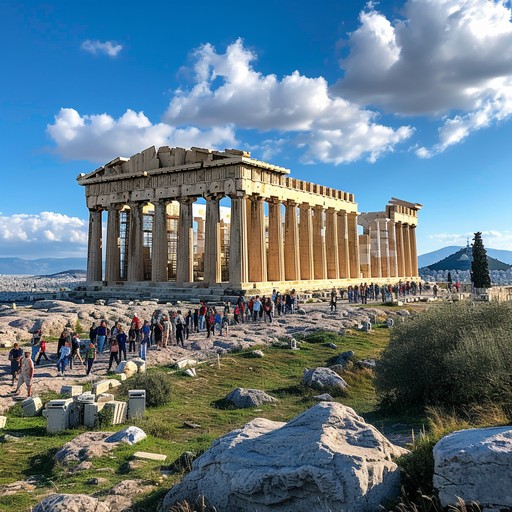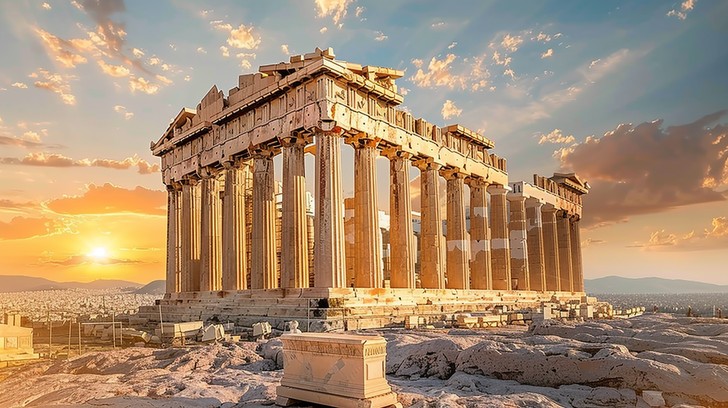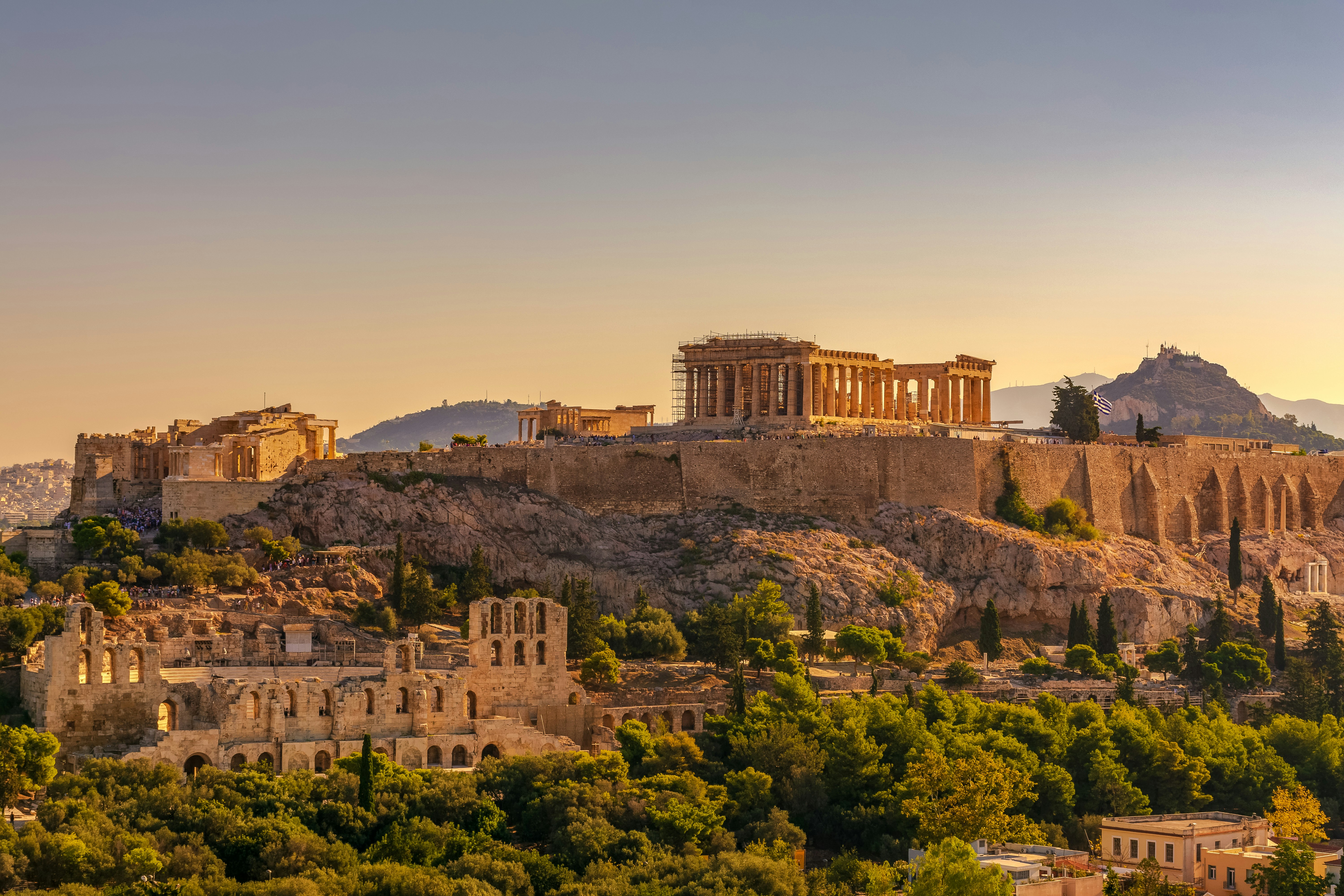The Acropolis of Athens stands as a profound symbol of human achievement and resilience, reflecting centuries of tumultuous history. From its pivotal role as a military stronghold during the 1670s, marked by the devastating Venetian siege that severely damaged the Parthenon, to its rebirth in the 1860s as a cornerstone of Greek national identity amidst newfound independence, the site has continually evolved.
Historical Significance
In the wake of the Greek War of Independence, the Acropolis was transformed into a symbol of national pride and cultural revival. The restoration efforts initiated during this period aimed to recover its ancient grandeur, establishing the Acropolis as a site of significant archaeological and cultural importance. This period marked a renaissance of interest in classical ideals and the arts, which were integral to the burgeoning Greek identity.

Architectural Marvels
The Acropolis houses several remarkable structures, including the Parthenon, Erechtheion, and the Temple of Athena Nike, each embodying the architectural and artistic achievements of ancient Greece. The Parthenon, dedicated to the goddess Athena, is celebrated for its Doric design and intricate sculptures, which exemplify the artistic mastery of the Classical period. The Erechtheion, known for its Caryatids—statues of women serving as columns—showcases the innovative architectural techniques of the time.

Restoration and Preservation
By 2021, the Acropolis emerged not only as a UNESCO World Heritage Site but also as a beacon of cultural significance, drawing millions of visitors and scholars eager to connect with the ancient roots of democracy and art. The ongoing restoration efforts, particularly the use of modern materials and techniques to preserve the Parthenon, underscore the commitment to maintaining this monumental legacy. These efforts are not solely focused on preservation; they also aim to enhance public understanding and appreciation of ancient Greek civilization.

A Reflection on History
Additionally, the Acropolis serves as a reminder of the cyclical nature of history. Its role as a center of worship, political power, and cultural development has transformed through the ages, mirroring the rise and fall of civilizations. The site has witnessed the passage of time, surviving invasions, occupations, and neglect, each leaving an indelible mark on its structure and significance.

Conclusion
Today, the Acropolis remains a site of reflection on democratic ideals and cultural heritage, ensuring that it continues to be a timeless testament to the enduring spirit of civilization. It invites visitors not only to admire its architectural splendor but also to contemplate the historical narratives that have shaped both Greece and the wider world. As a symbol of resilience and renewal, the Acropolis stands firm, embodying the ideals of beauty, wisdom, and civic responsibility that define human achievement.

